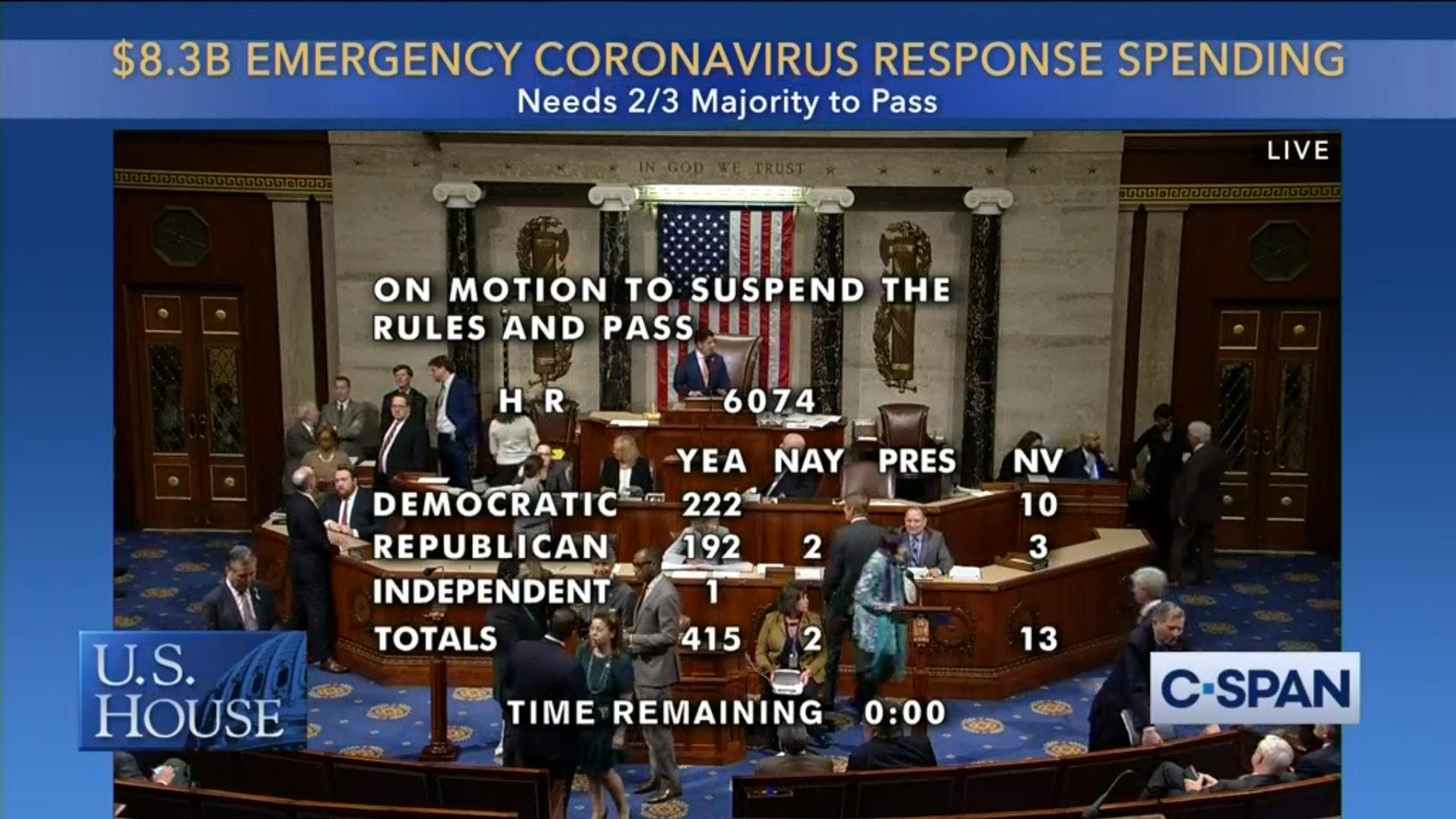
5 minute read
OPINIONS
Opinions 15 Bipartisanship Helps Congess Function Efficiently
Cassie Carr Red & Black Staff
Advertisement
Congressional unity is at an alltime low. Consider, for instance, the percentage of congressional voting that follows party lines. In 1950, approximately 40 percent of votes followed party lines. This number has since spiked, however, rising to nearly 65 percent in 2020, according to recent data collected by Medium. This spike in partisanship is also visible in Medium’s data representing differences in congressional ideologies. There was only about a 0.4 difference between the ideologies of the average Republican and Democrat in 1950. In 2020, this number was closer to 0.85, an increase of nearly 112 percent. So, what are the consequences of such a severe partisan divide?
Well, prime amongst them is certainly the sharp decline in congressional productivity. The 80th Congress, held from 1947 to 1948, had 3,186 bills introduced in the Senate. Of these, 1,670 bills were passed, meaning that about 52 percent of all introduced bills actually made it outside the walls of Congress. Contrastingly, during the 115th Congress, held from 2017 to 2018, while a similar amount of bills was introduced to the Senate, 3,874, only 583 of those bills were passed. In other words, during the 115th Congress, only 15 percent of introduced bills were passed, accounting for a near 71 percent decline in productivity between 1947 and 2017.
In President Biden’s inaugural address, he appealed to Congress and the American people alike, calling for an end to the extreme partisan politics that have become all too common: “To restore the soul and secure the future of America requires so much more than words. It requires the most elusive of all things in a democracy: Unity.” But with the thin majorities at play in this most recently elected 117th Congress, is unity really in sight for the country? It seems unlikely. In the House, Democrats only hold a 222211 majority, meaning that it would only take a small group of dissenters to block legislation that might have otherwise passed. An even more dismal story holds true for the Senate, where the divide sits at 50-50, meaning any dissent on either side could also mean the end to any proposed bills.
Thus, while President Biden’s message of unity is certainly a welcome change in tone from the previous administration, its weight seems minimal at present. He said it best himself, bipartisanship is going to require “much more than words,” and as of now, that appears to be the only thing at play.
Courtesy The CT Mirror
‘Beautiful Boy’ Shows Intimate View of Addiction
Moll Kilbourne Red & Black Staff
This 2018 adaptation of two memoirs written by the father and his son who becomes addicted to drugs and alcohol will remain one of the most important pieces of art in this century. Not only are we living in a society that has never been more saturated with drug use, our college rests in the center of the opioid epidemic. Deaths from drug overdoses have risen consistently, with over 46,000 dead in 2018. To preface my review of the film, I will assert the most essential element of all three works: humanity is not something to be taken away from those who suffer from addiction.
David Scheff, played by Steve Carrell, is the father of Nic Scheff, played by Timothée Chalamet. We are invited into a visual recollection of Nic’s childhood, the charmingly eccentric qualities that overarch his identity, and the complications that arise when trying to raise a child. From a young age Nic is burdened with the pain of divorce which both he and his father maintain through their entire lives. It would be redundant to state the emotional nature of the film, but I will address the precise sympathy inspired when watching their relationship on screen. The love that parents have for their children cannot be tarnished. There is nothing that matters more to David than his son so he must adapt his love for Nic to be separate from the choices that make him ill. Back and forth we are ushered from Nic’s childhood to the adolescence that marks his descent into addiction.
Such a disjunct presentation conveys the impossible task of reconciling the two Nics: they exist in one body, but are entirely different people. It is acutely painful to witness the insatiable urge to save those we love even when you cannot do so. Addiction is not contained to an individual. It is a monster that haunts all those in it’s proximity. It is unbelievable the lengths to which viewers’ emotions are pushed while we attach sympathy to David, to Nic, to Nic’s mother, Nic’s stepmother, girlfriends, siblings... In this tumult of feeling urgent questions are raised: why are we not taught about drug use?
The dire consequences, the pressures, the nature of drugs as they exist? Why do we not talk about drug use outside of “just say no”? Most clearly portrayed in the film is the ineffectiveness of this mantra. Restricting knowledge and resources only secures the possibility of drug use. David and Nic both chose to make their pain visible for society to safely attain intimacy with addiction. We are allowed to see its effects, impacts, and repercussions. We are taught to extend compassion towards addicts burdened with an illness so misunderstood that tens of thousands die every year. Addiction seems hopeless (it is hopeless in many ways, as David realizes he cannot save his son) but it is not entirely.
Work can be done in the smallest areas to help those afflicted with illness. Compassion should be first. I am thinking about the woman who passed away on our campus two years ago from a drug overdose. An already terrible situation was circumvented by the disgusting reaction of our peers. She was dehumanized, disregarded, mocked. Drug use is taboo because we internalize it as abstract. Even though we may not experience it first-hand, it is a terror and people need help. Go with kindness to watch this film.

Courtesy Amazon



